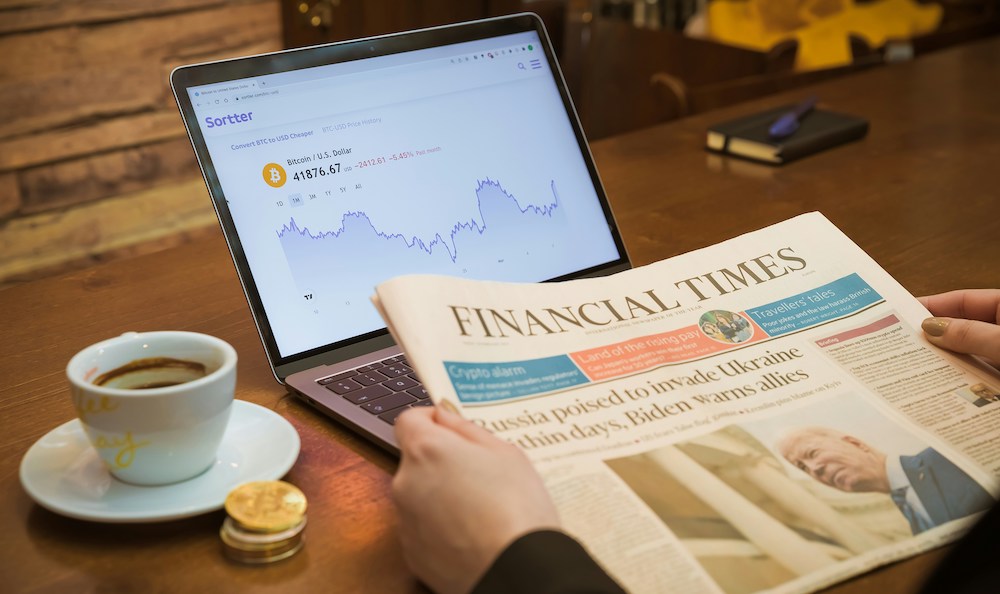One of the biggest challenges for European broadcasters in competing with the international streaming giants is their relative scale. While traditional broadcasters have decades more experience in commissioning and producing content (a point highlighted by sceptics when Netflix and Amazon first moved into original content), the newer entrants simply have much larger budgets to play with. They can spend more to make shows, and come out relatively unscathed if those shows fail to land.
This money has come from various sources, such as investment and resources from other parts of their businesses. But while this has provided the initial boost, the longer term logic is that these services’ international presence gives them access to a much larger audience, and therefore more income via subscriptions, advertising, or both.
Having a multi-market presence does drive up costs, including content budgets (since audiences tend to look for local content). But consumers don’t just watch shows made for or within their own markets. So content produced for one specific local market adds value to the whole product in all markets.
For example, if a French broadcast spends $50 million on a new TV show, that spend has the potential to help attract or retain subscribers from across France’s TV-watching population. But when Netflix spends $50 million on a French show, that spend has the potential to attract or retain subscribers across Netflix’s global markets. The potential return on content investment is much higher. Meaning Netflix can choose to spend, say, $100 million on that show rather than $50 million.
(Of course, broadcaster which produce shows themselves can sell rights to those shows overseas, but in doing so they risk strengthening their competitors, complicating the payoff.)
Cheaper, FASTer, Better?
The growth of streaming has presented opportunities for broadcasters to expand overseas as well, but so far results have been somewhat mixed. Viaplay has had to scale back its international ambitions after failing to hit targets. Meanwhile UK broadcaster JV BritBox has had small scale success, reaching three million international subscribers earlier this year.
Spinning up a subscription service abroad requires serious investment – which is hard to generate within a regional broadcaster which is trying to maintain its linear business, grow out its digital offering at home, and adhere to any requirements faced as a public service broadcaster.
But now several European broadcasters are looking to FAST (free ad-supported streaming TV) channels as an alternative beachhead into international markets. Channel 4 has launched two channels on a number of FAST platforms in the US, ITV Studios has expanded a number of FAST channels globally, and ZDF has said it intends to roll out its existing German FAST channels into new markets.
Jennifer Batty, European head of content acquisition at Samsung TV Plus, says Samsung has launched FAST channels with a number of European broadcasters who have “found a new home in FAST; extending the reach of their quality content beyond a regional audience”.
There are a number of benefits to this strategy over launching a full-on streaming service overseas. Firstly, the investment required to spin up a FAST channel is much smaller than that required to launch a streaming app. FAST channels are generally fairly easy to set up technically. And content investment required for FAST is lower, since archive content can be used – in fact an entire channel can be built off of one piece of IP (a strategy employed by ITV for some of its FAST channels).
Discoverability is less of a headache, since FAST platforms themselves have an established footprint (especially in the US), meaning broadcasters don’t need to spend heavily on marketing in order to be visible. And since FAST channels are free and ad-supported, it’s easier to build an audience, since you don’t need to compete for consumers’ SVOD budgets.
And FAST channels, while initially a fairly small commitment, can lay the groundwork for a bigger international push further down the line. Alex Wall, Channel 4’s head of streaming editorial for UK & International, said the broadcaster’s FAST channels “will introduce US audiences to popular shows that embody our core brand values, bringing Channel 4’s unique tone of voice and our rich British culture to the US FAST market”.
Indeed overseas audiences may already be aware of some content owned or commissioned by regional broadcasters. For example, Hell’s Kitchen is already a very familiar name internationally, but audiences likely wouldn’t associate the show with ITV, which ran the original British series. Hosting a Hell’s Kitchen FAST channel in overseas markets could help build ITV’s brand reputation in non-UK markets.
In the short term, international FAST channels are unlikely to be a game changer for European broadcasters in terms of driving revenues. The FAST market is crowded, and total FAST revenues are still relatively low in Europe. But as a low-risk initial step into international markets, they may lay helpful groundwork for a more expansive push in the future (while providing some extra ad revenues in the meantime).




